Delve into the drama of Postmodern architecture
A new book by historian and curator Owen Hopkins and publishing house Phaidon delves into the drama and thought behind architecture's postmodernism movement through case studies and a catalogue of examples from across the globe
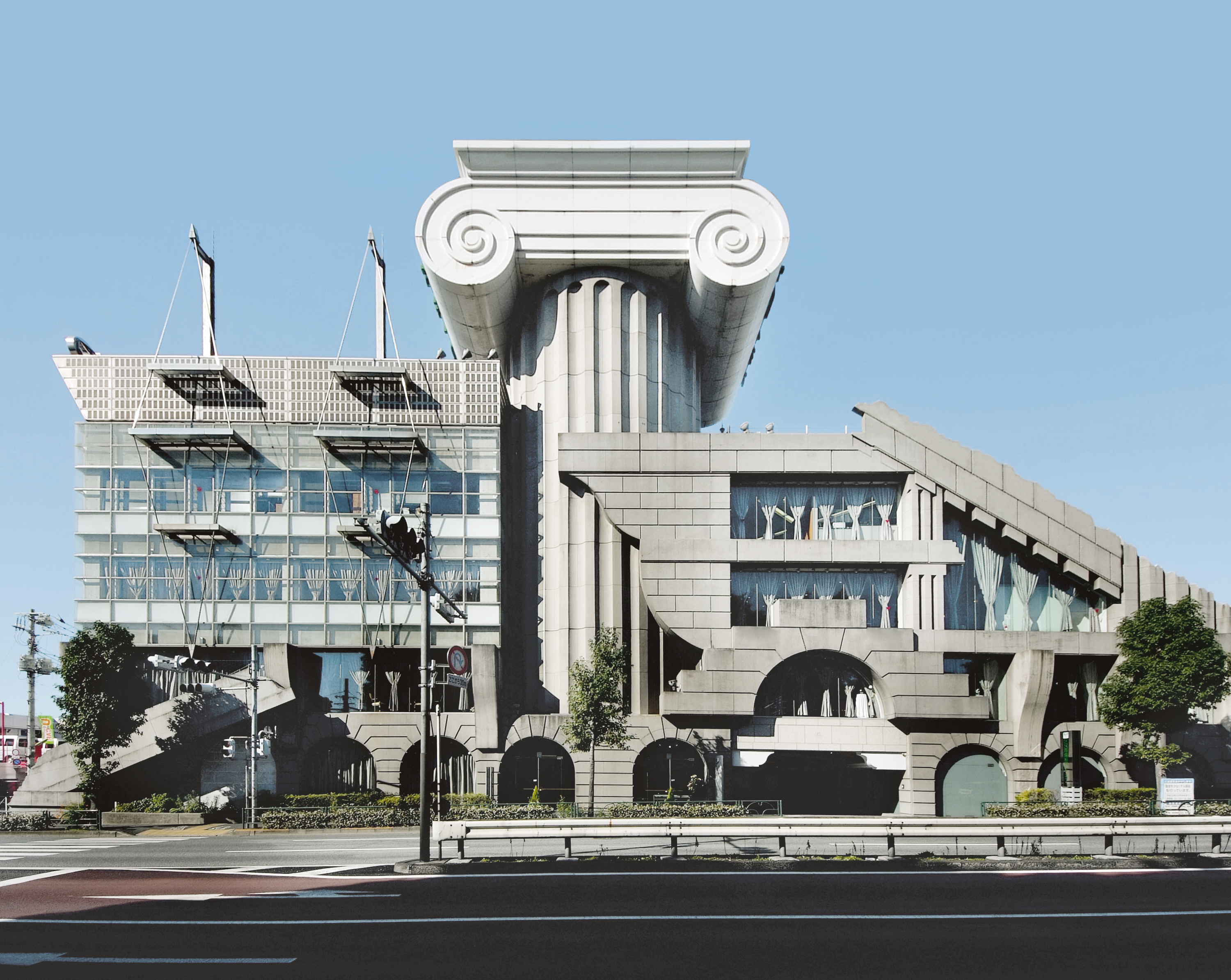
When Postmodern Architecture first rose to prominence at the end of the 1970s and 80s, the sputtering indignation of the modernist establishment was heard loud and clear. PoMo was declared flippant and frivolous, it broke all the architectural ‘rules’ in its reckless embrace of colour and decoration. And as for the dumpster-diving through archaic historicist features, the less said the better. Yet many ignored the critics and persisted with this seemingly perverse path. ‘Postmodern Architecture: Less is a Bore’ shows us why we should be grateful that they did.
Written by historian and curator Owen Hopkins (currently at Sir John Soane’s Museum in London), ‘Less is Bore’ presents the heavy hitters of the movement and a strong selection of buildings erected over solid intellectual foundations. The significant names include the American cadre headed up by Michael Graves, Robert Stern, and Venturi Scott Brown, but there also examples from all over the world, including James Stirling, Terry Farrell and John Outram in the UK, the playful form-making of early Gehry, FAT and Site, or the serious place-making of Aldo Rossi and Mario Botta.
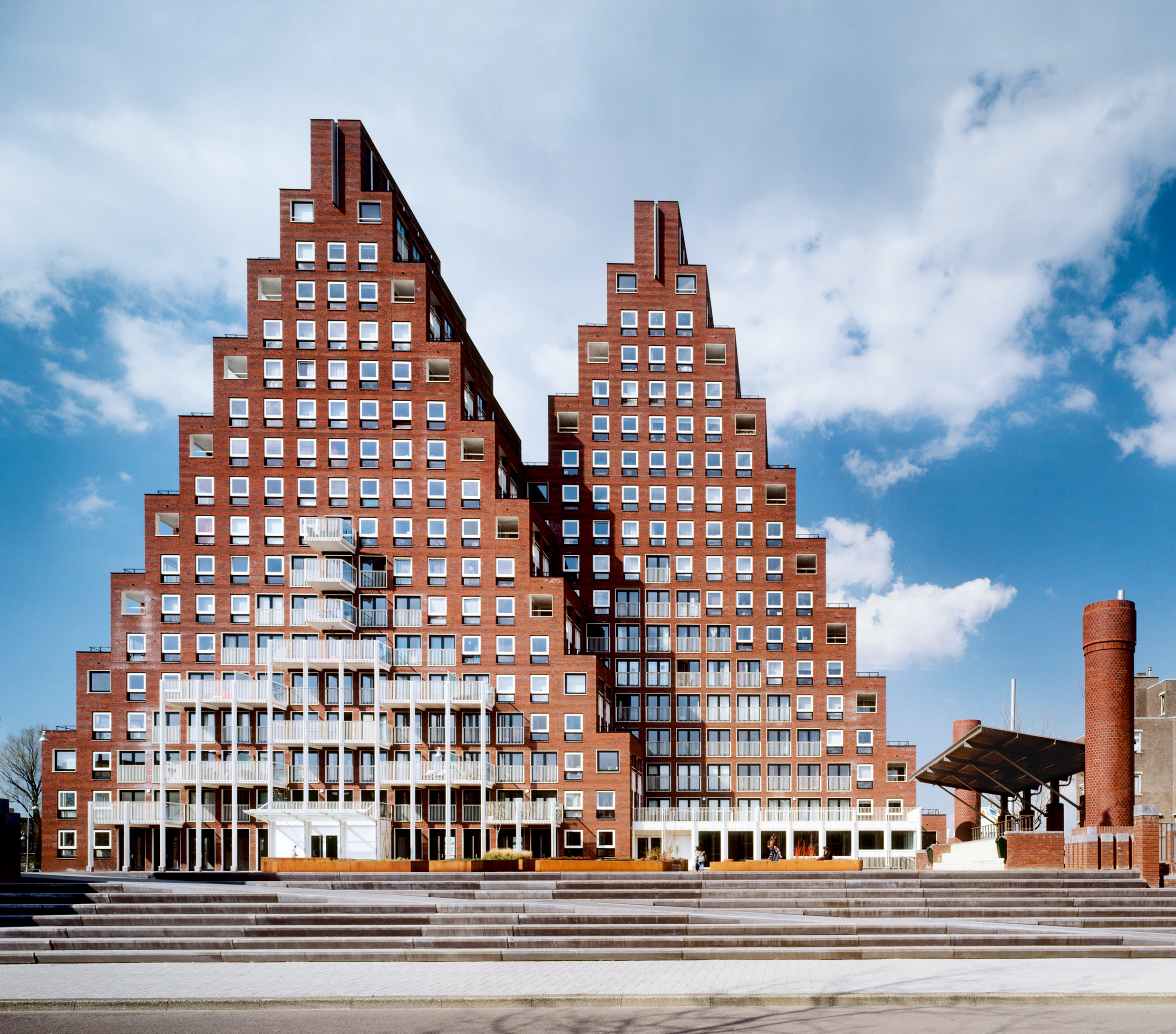
Soeters van Eldonk Architecten: Piramides, Amsterdam, The Netherlands, 2006.
Postmodernism’s giddy eclectism shines through. Although the featured buildings aren’t underpinned by a single manifesto, they all demonstrate a shared ethos, with architecture treated as a spiritual balm and decoration and colour used to impose a more human scale.
Admittedly, the reasons for the style’s modern revival are largely aesthetic; just as Brutalism enjoyed a social media upswing thanks to the photogenic properties of angular concrete, so the pastel hues and bold shapes of PoMo have found favour amongst the Insta generation. ‘Less is a Bore’ (Robert Venturi’s spirited rejoinder to Mies’s pious prononoucement) is a welcome catalogue of a more innocent world, back when a building’s image meant a lot more than its suitability for mass reproduction.
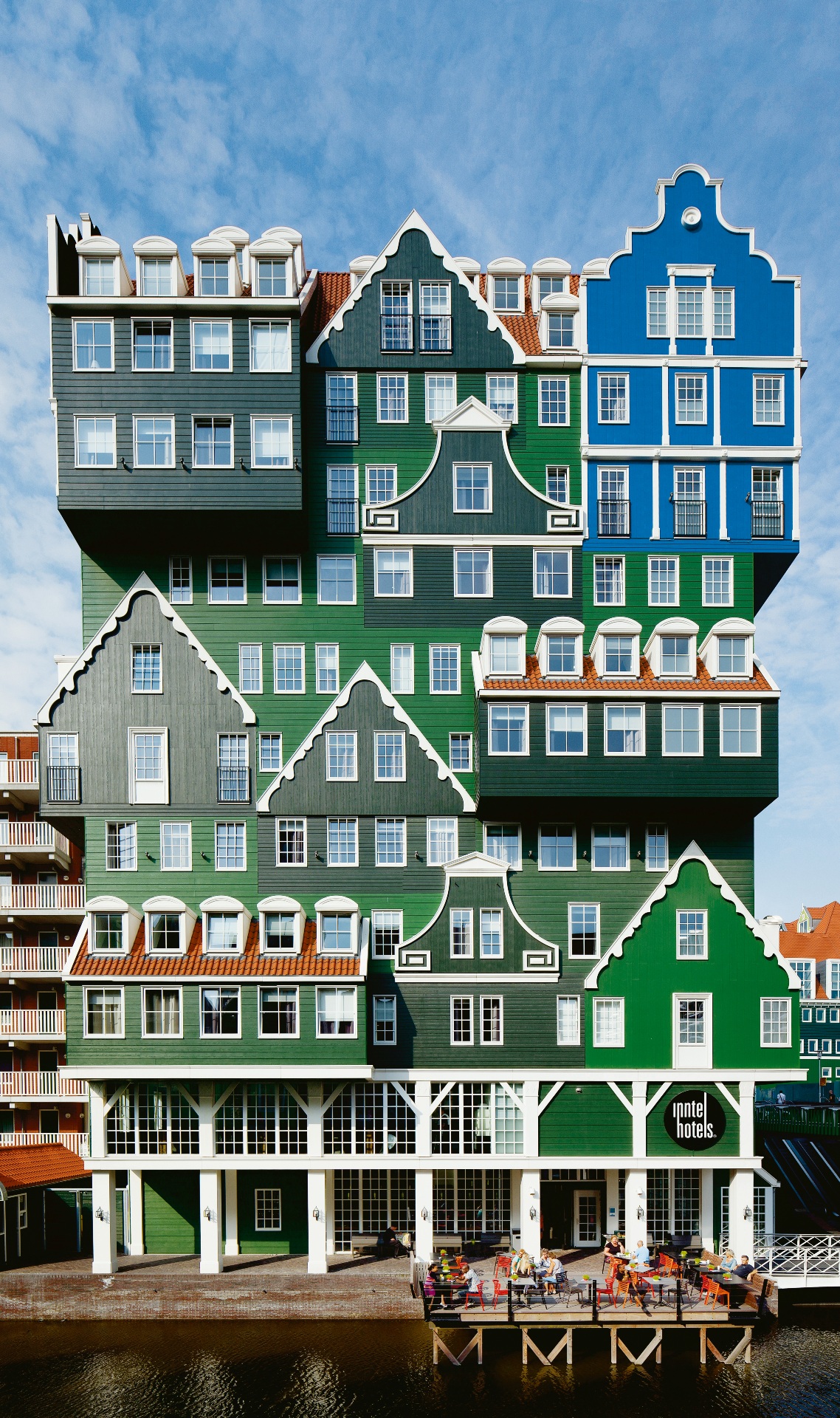
WAM Architecten: Hotel Zaandam, Amsterdam, The Netherlands, 2010.
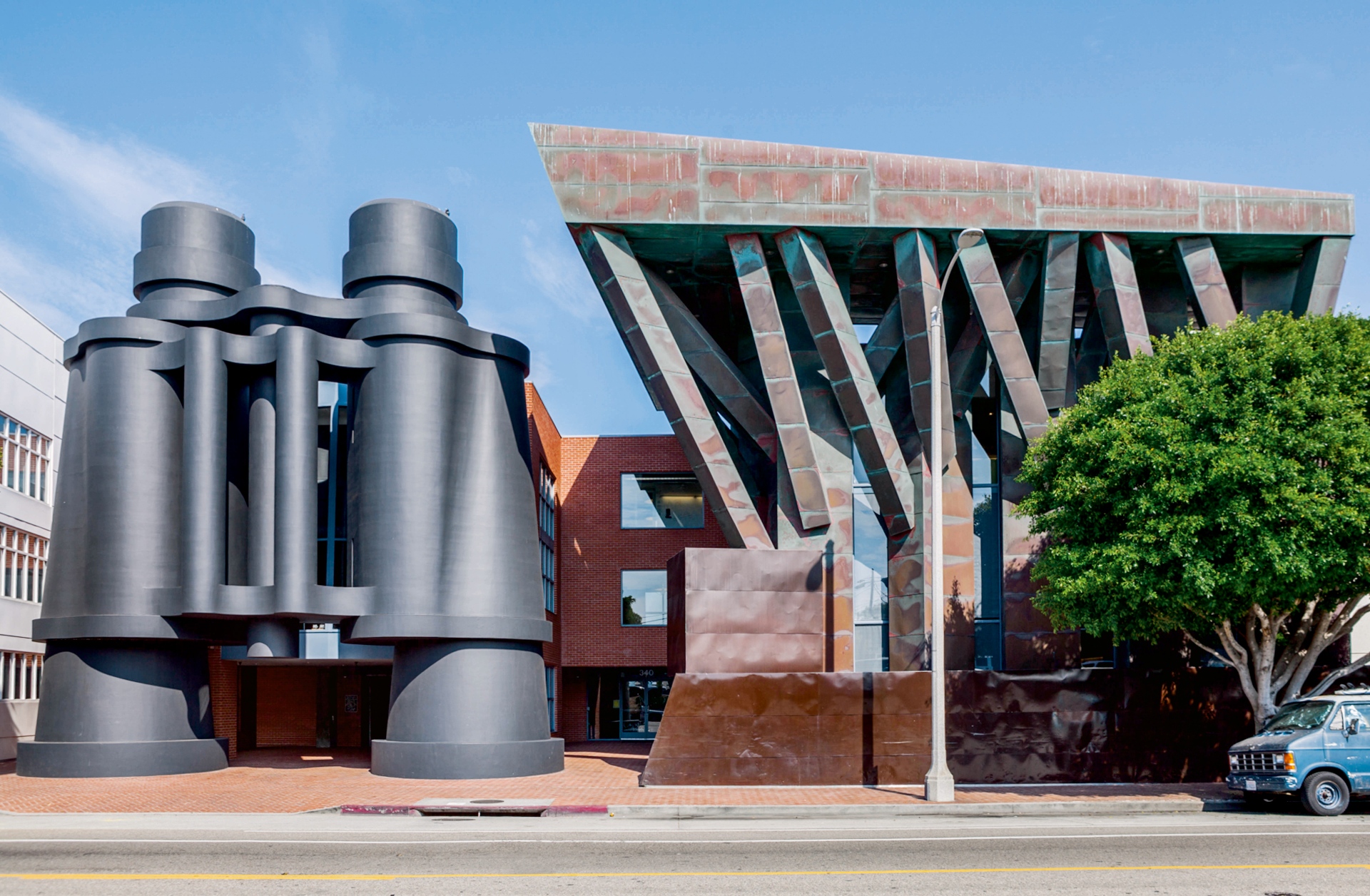
Frank Gehry and Claes Oldenburg: Chiat/Day Building, Los Angeles, California, 1991.
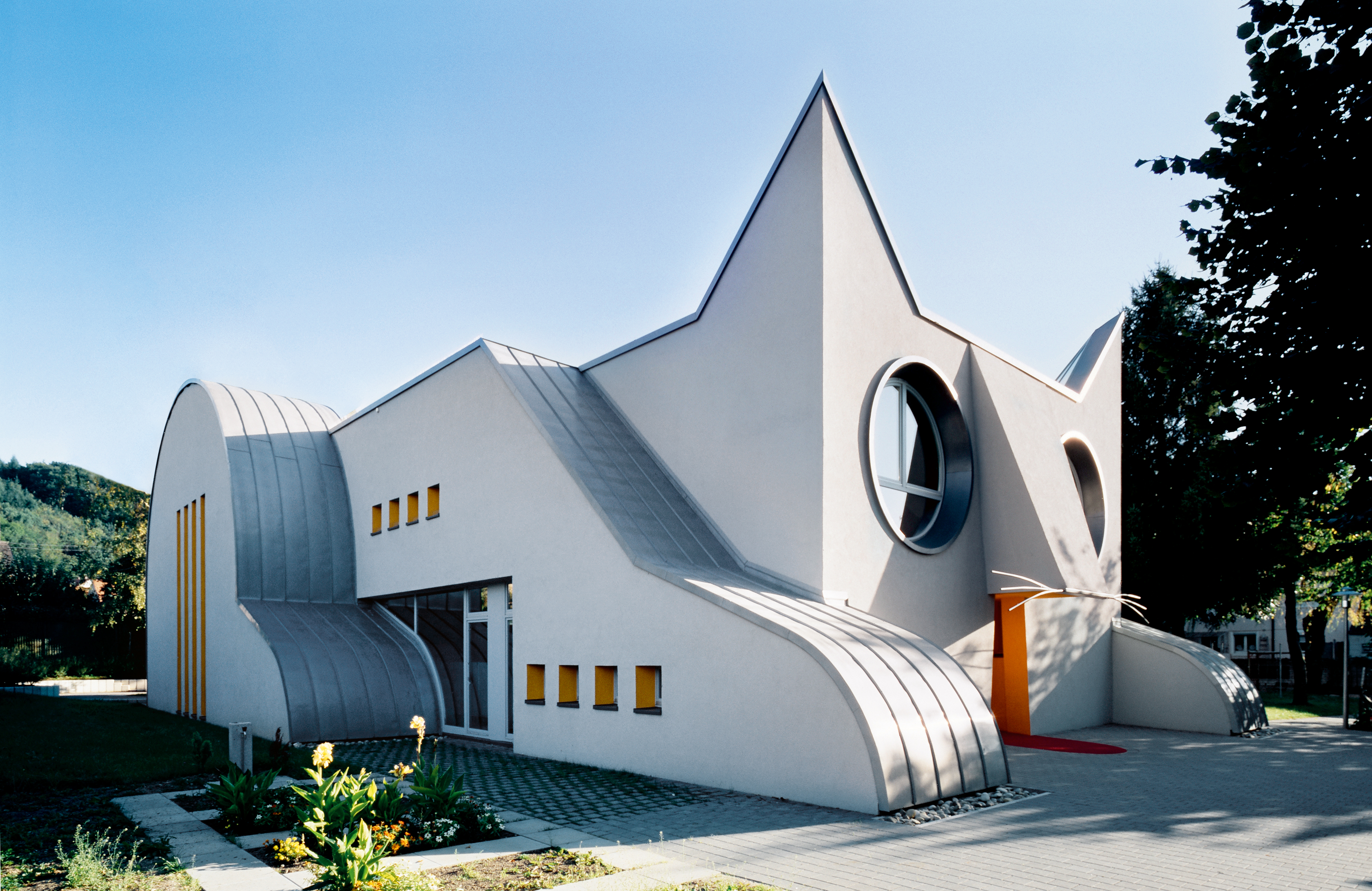
Tomi Ungerer and Ayla Suzan Yöndel: Kindergarten Wolfartsweier, Karlsruhe, Germany, 2002.
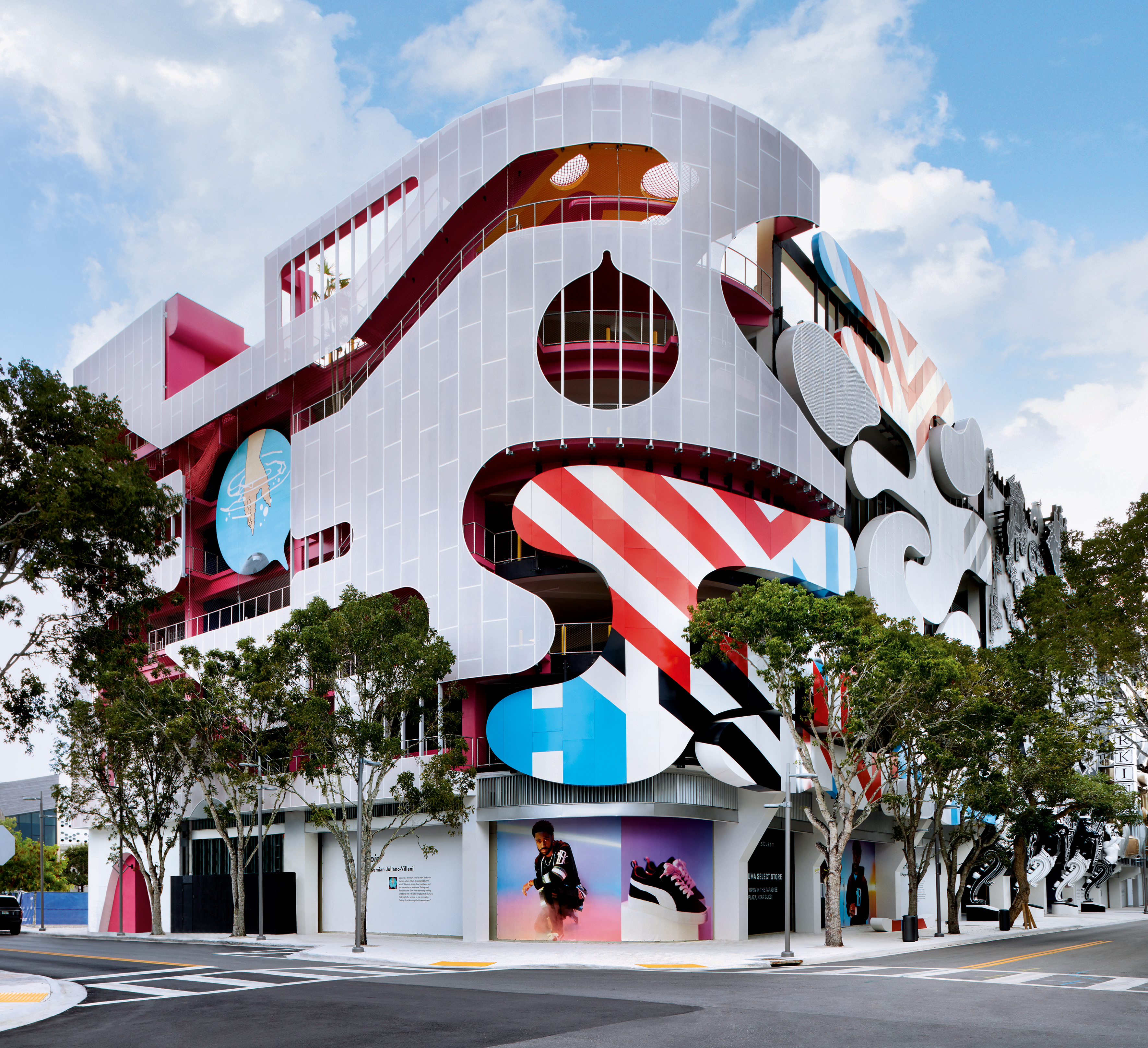
Jurgen Mayer H, Workac, Clavel Arquitectos, Nicolas Buffe, and K/R: Museum Garage, Miami, Florida, USA, 2018.
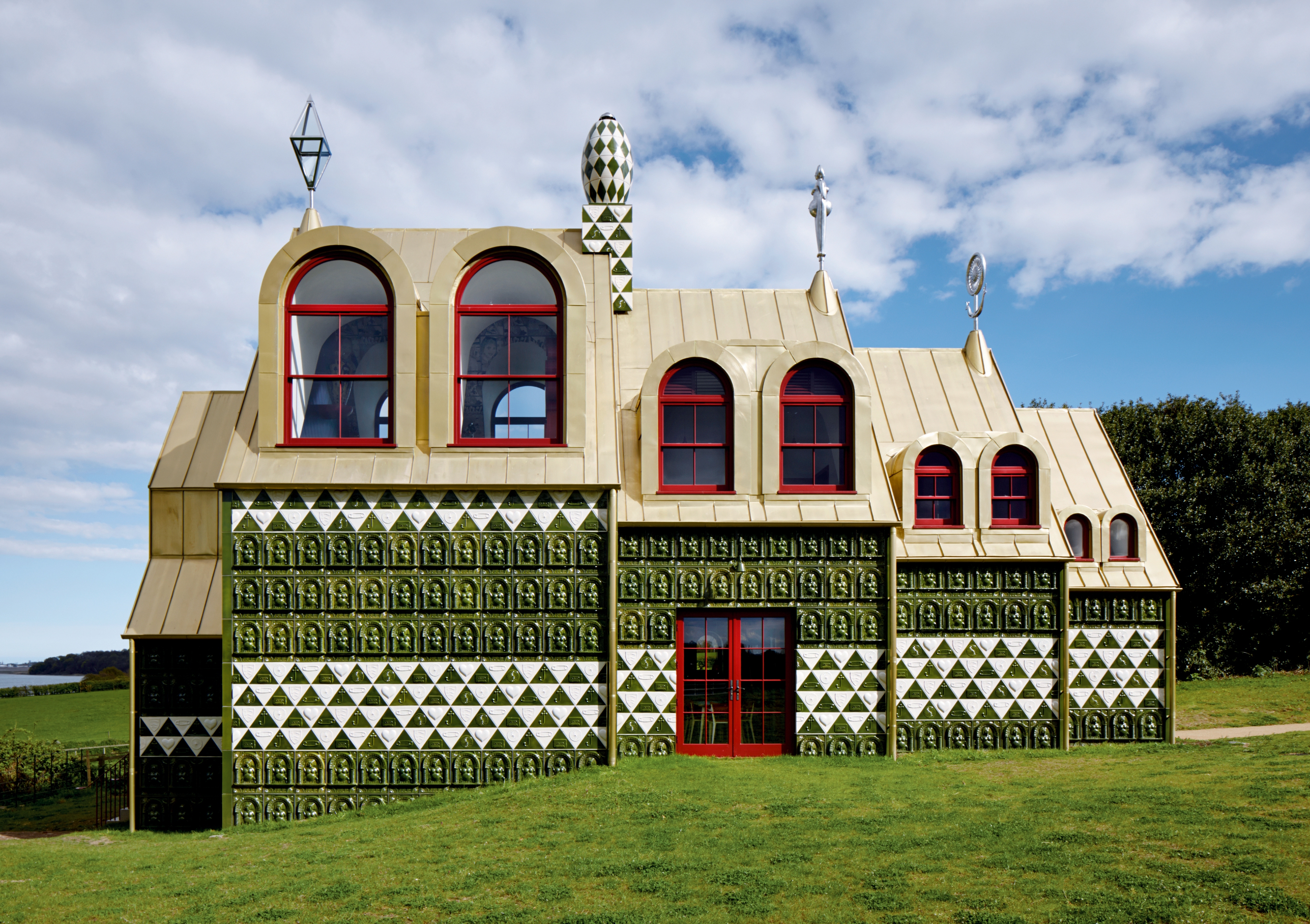
FAT and Grayson Perry: A House for Essex, Manningtree, Essex, England, UK, 2015.
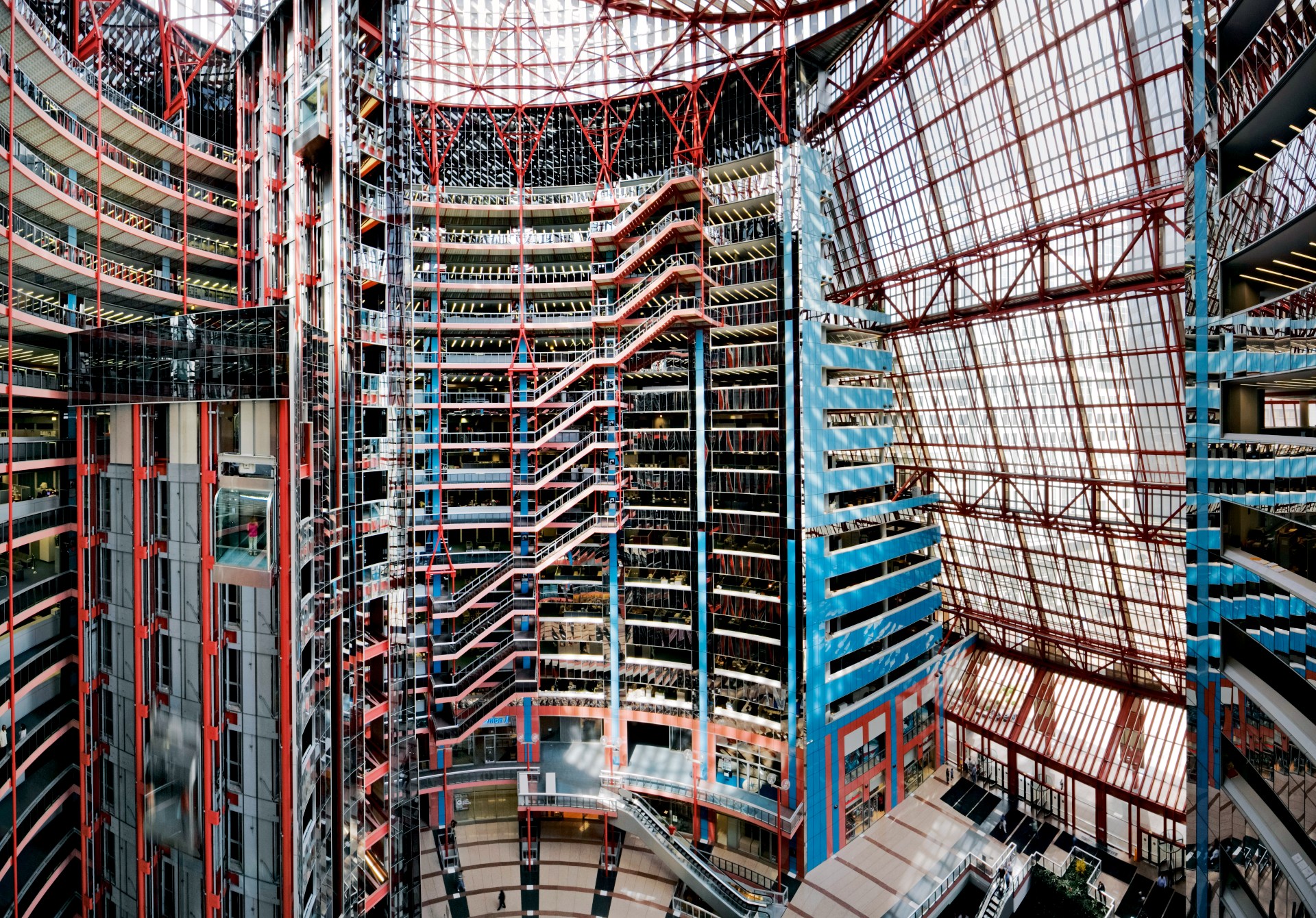
Helmut Jahn: State of Illinois Center, Chicago, Illinois, USA, 1985.
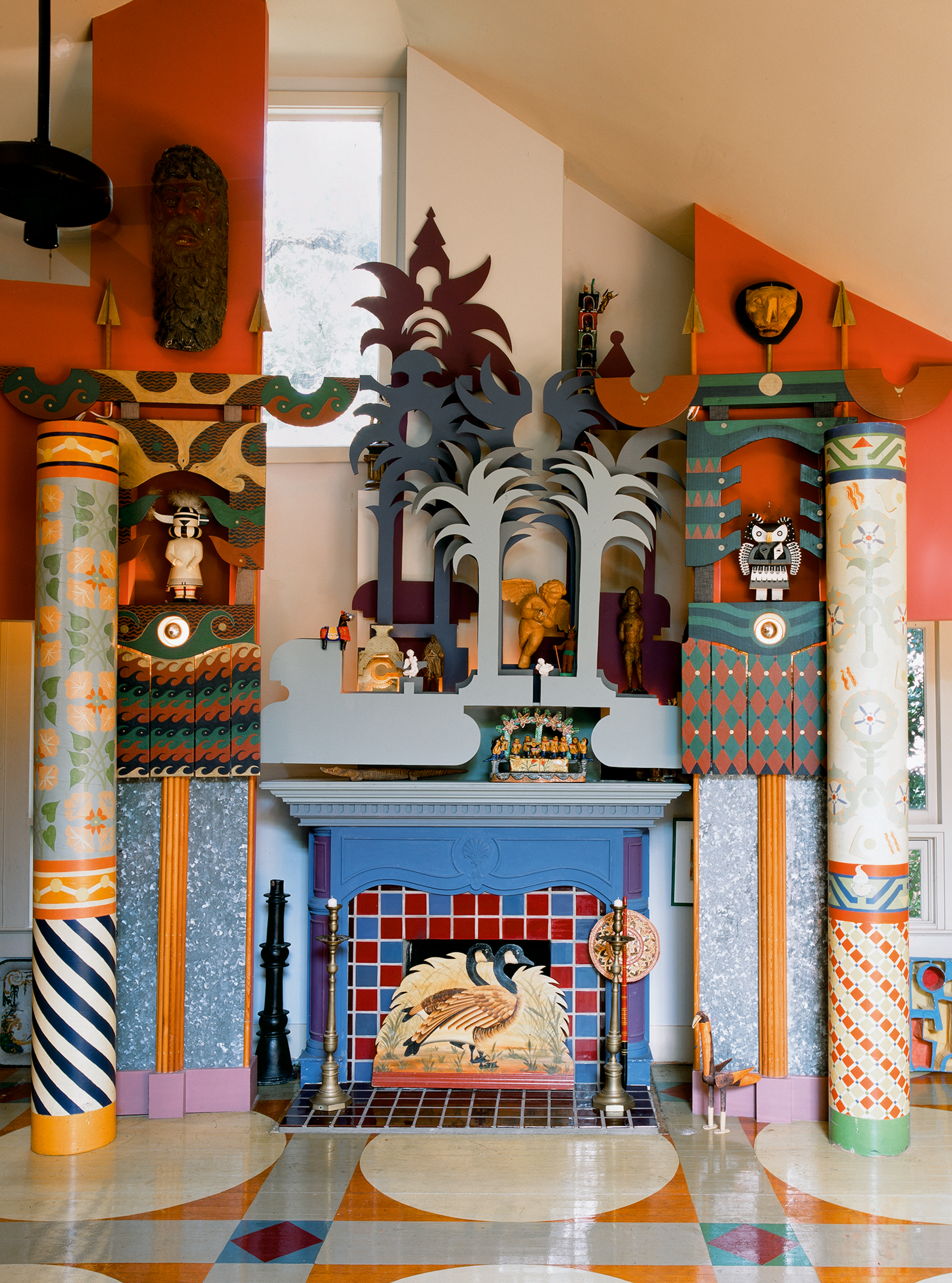
Charles Moore: Moore House, Austin, Texas, USA, 1984.
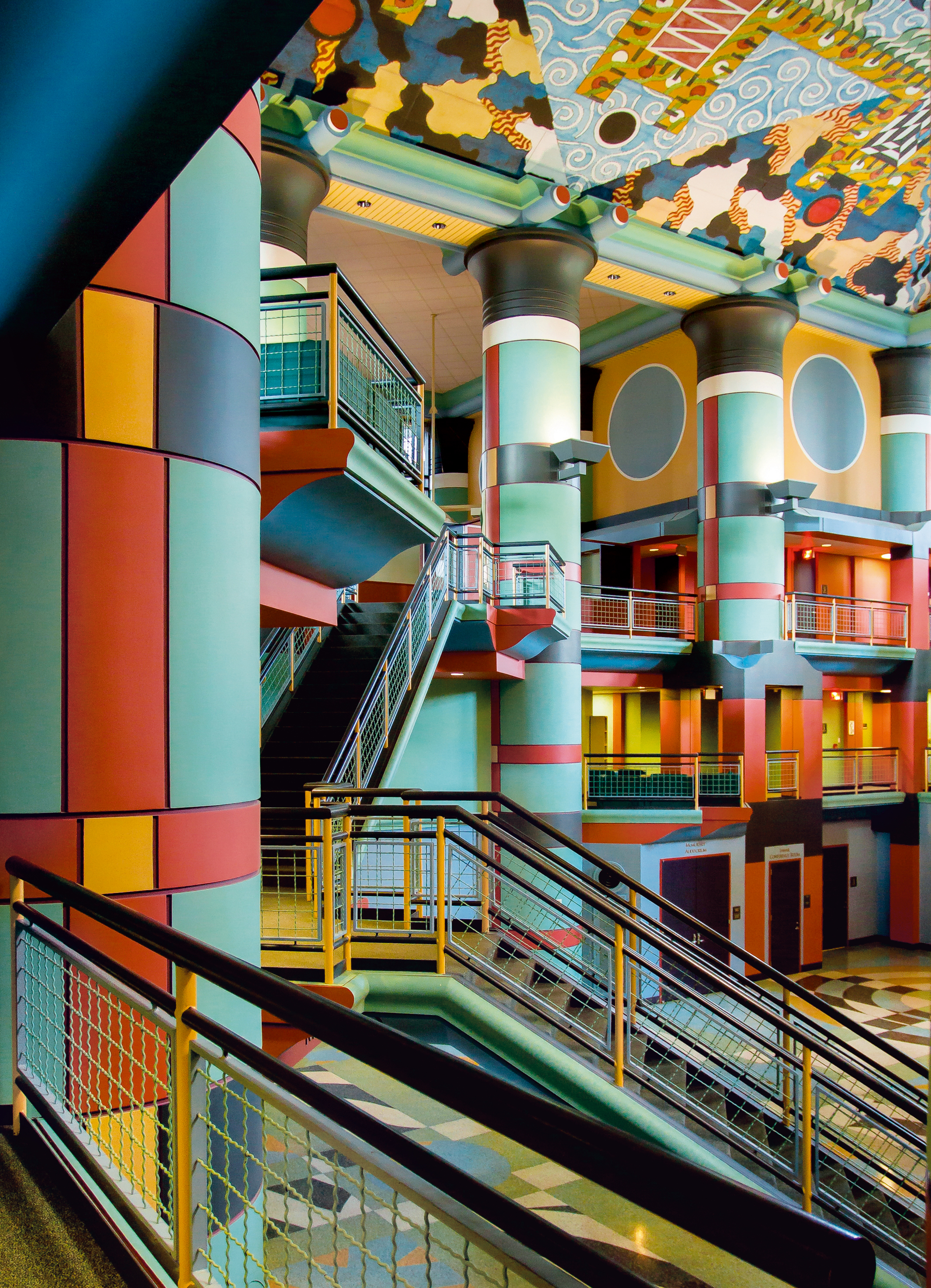
John Outram: Duncan Hall, Rice University, Houston, Texas, USA, 1996.
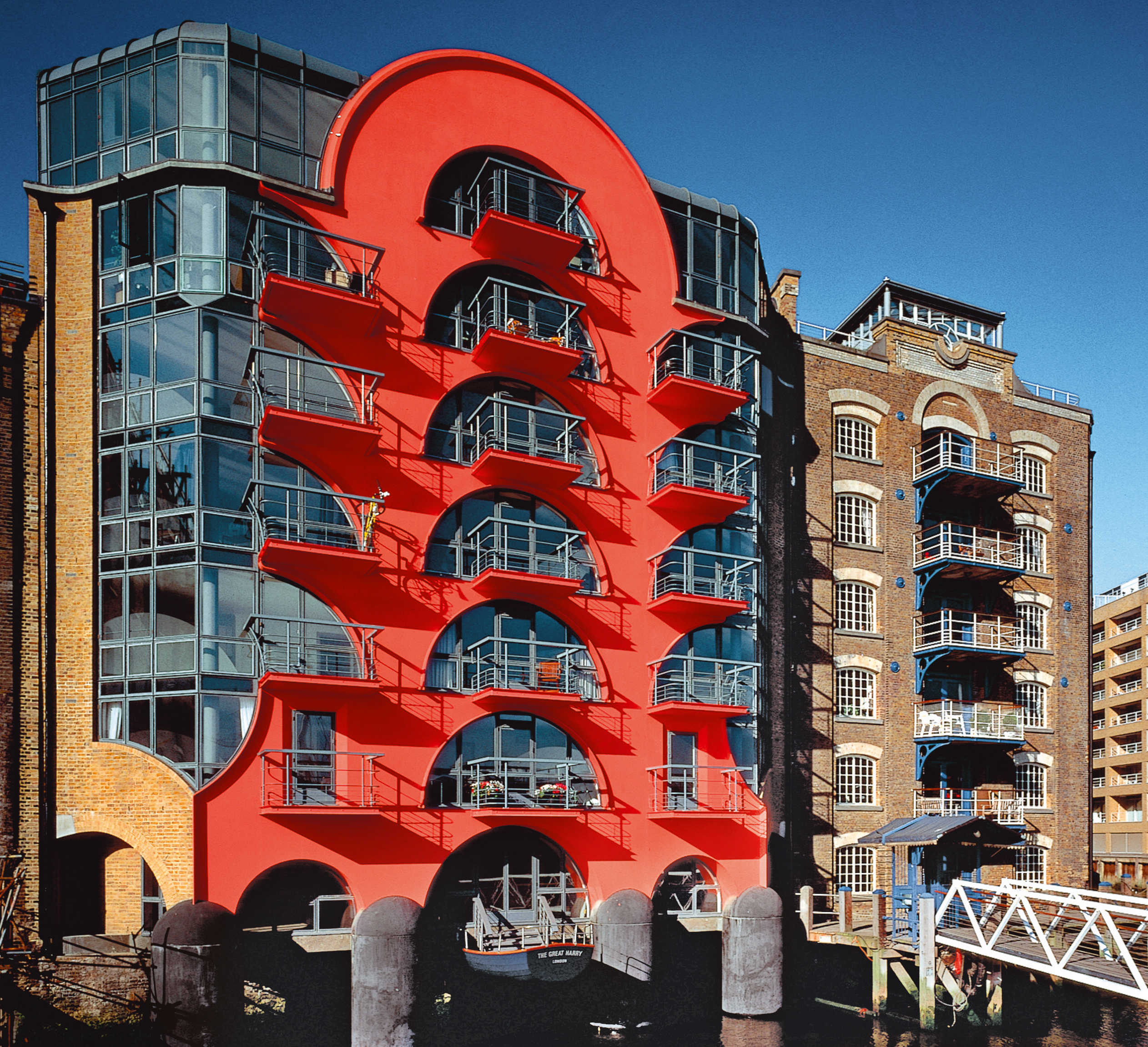
CZWG Architects: China Wharf, Bermondsey, London, England, UK, 1988.
INFORMATION
Postmodern Architecture: Less is a Bore, by Owen Hopkins, published by Phaidon, £29.95, phaidon.com
Receive our daily digest of inspiration, escapism and design stories from around the world direct to your inbox.
Jonathan Bell has written for Wallpaper* magazine since 1999, covering everything from architecture and transport design to books, tech and graphic design. He is now the magazine’s Transport and Technology Editor. Jonathan has written and edited 15 books, including Concept Car Design, 21st Century House, and The New Modern House. He is also the host of Wallpaper’s first podcast.
-
 Volvo’s quest for safety has resulted in this new, ultra-legible in-car typeface, Volvo Centum
Volvo’s quest for safety has resulted in this new, ultra-legible in-car typeface, Volvo CentumDalton Maag designs a new sans serif typeface for the Swedish carmaker, Volvo Centum, building on the brand’s strong safety ethos
-
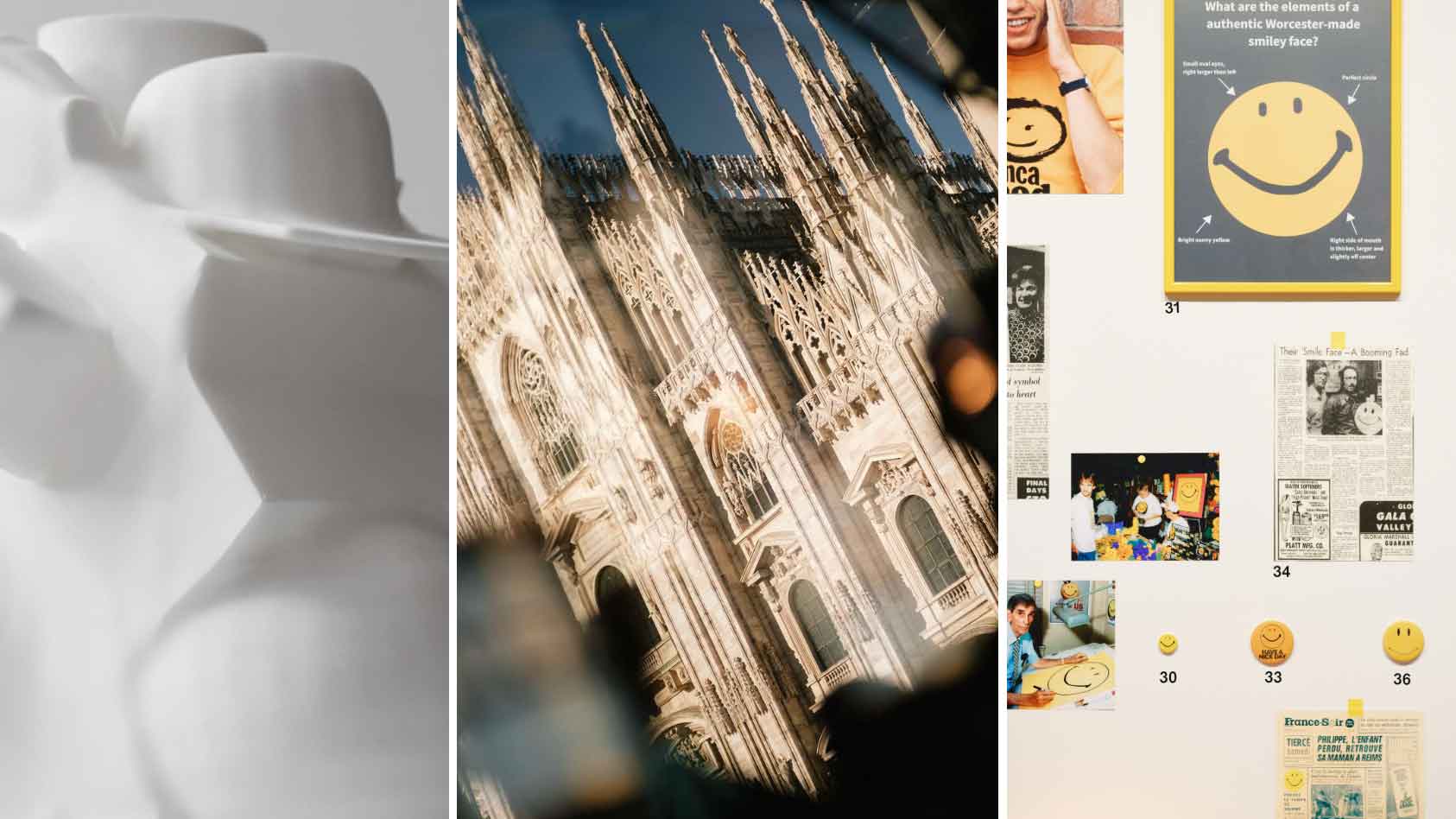 We asked six creative leaders to tell us their design predictions for the year ahead
We asked six creative leaders to tell us their design predictions for the year aheadWhat will be the trends shaping the design world in 2026? Six creative leaders share their creative predictions for next year, alongside some wise advice: be present, connect, embrace AI
-
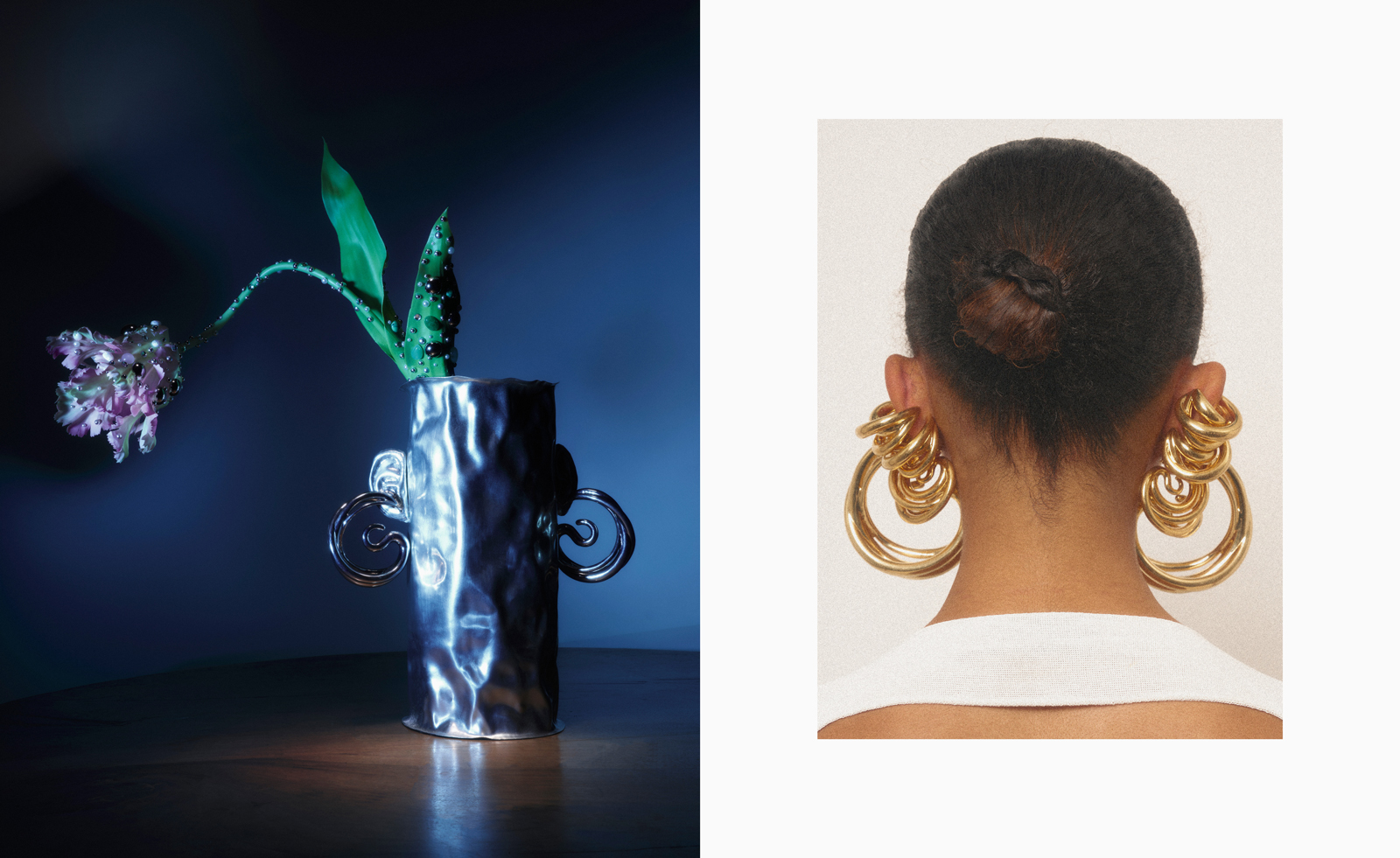 10 watch and jewellery moments that dazzled us in 2025
10 watch and jewellery moments that dazzled us in 2025From unexpected watch collaborations to eclectic materials and offbeat designs, here are the watch and jewellery moments we enjoyed this year
-
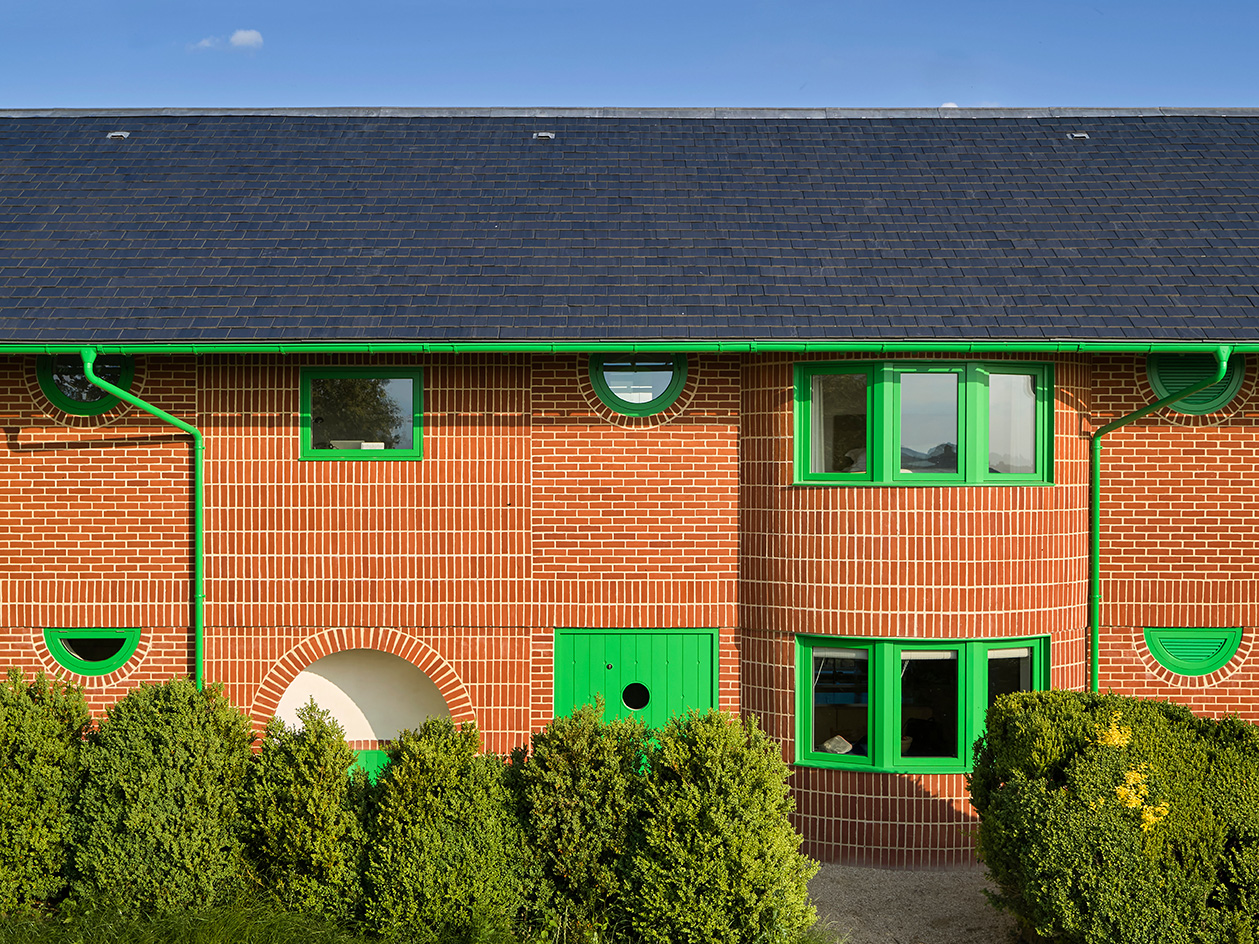 David Kohn’s first book, ‘Stages’, is unpredictable, experimental and informative
David Kohn’s first book, ‘Stages’, is unpredictable, experimental and informativeThe first book on David Kohn Architects focuses on the work of the award-winning London-based practice; ‘Stages’ is an innovative monograph in 12 parts
-
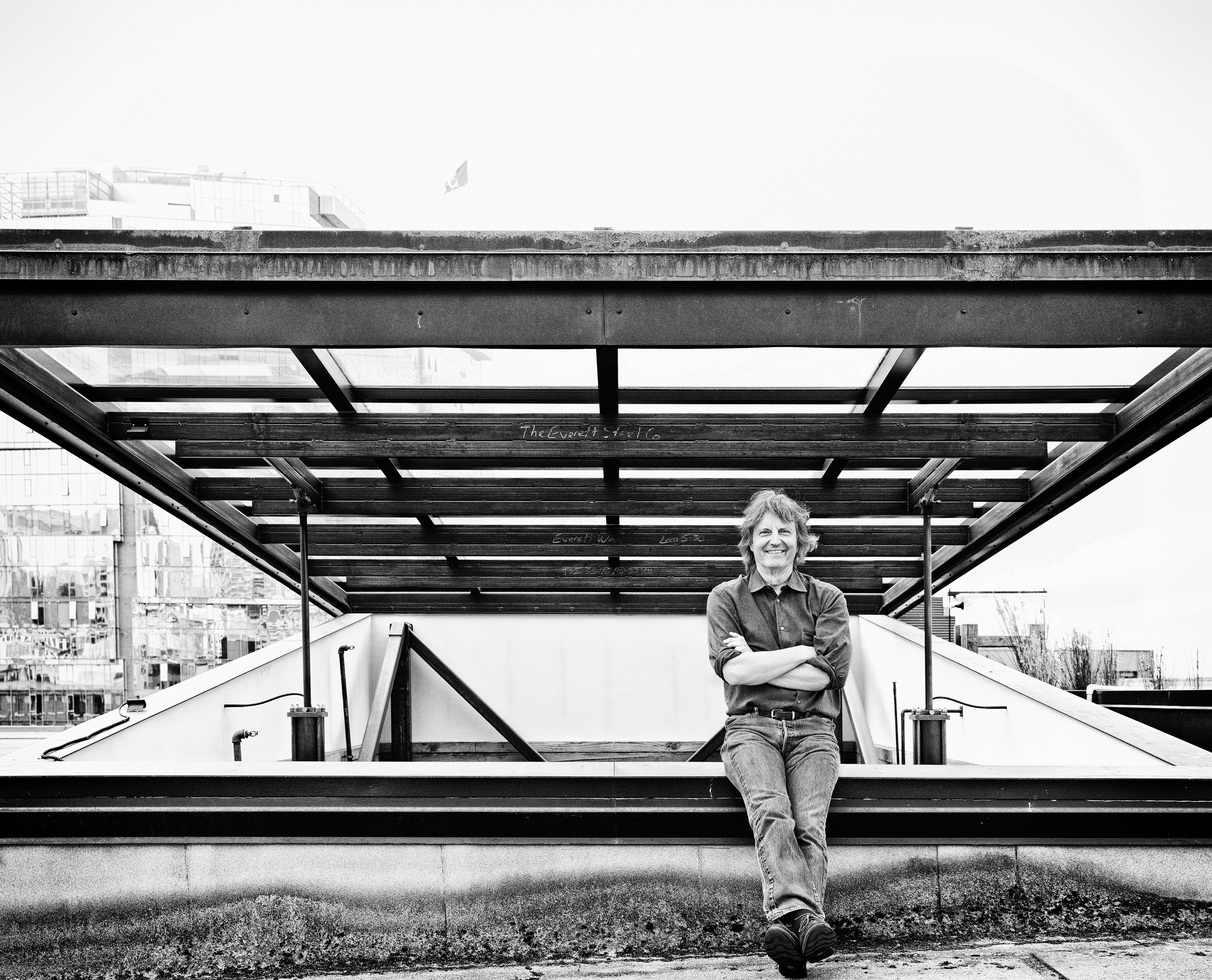 Explore Tom Kundig’s unusual houses, from studios on wheels to cabins slotted into boulders
Explore Tom Kundig’s unusual houses, from studios on wheels to cabins slotted into bouldersThe American architect’s entire residential portfolio is the subject of a comprehensive new book, ‘Tom Kundig: Complete Houses’
-
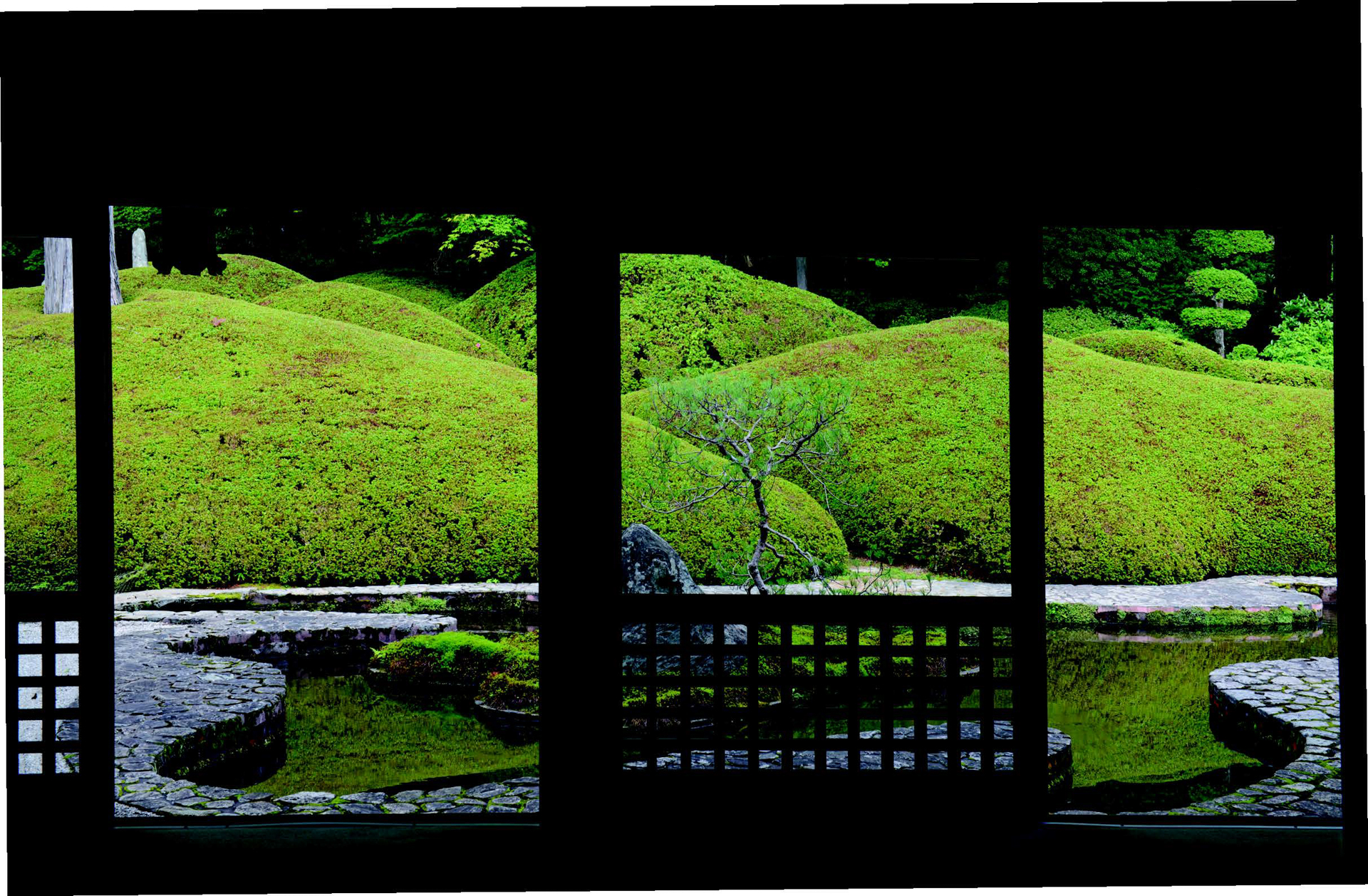 A new photo book explores the symbolic beauty of the Japanese garden
A new photo book explores the symbolic beauty of the Japanese garden‘Modern Japanese Gardens’ from Thames & Hudson traces the 20th-century evolution of these serene spaces, where every element has a purpose
-
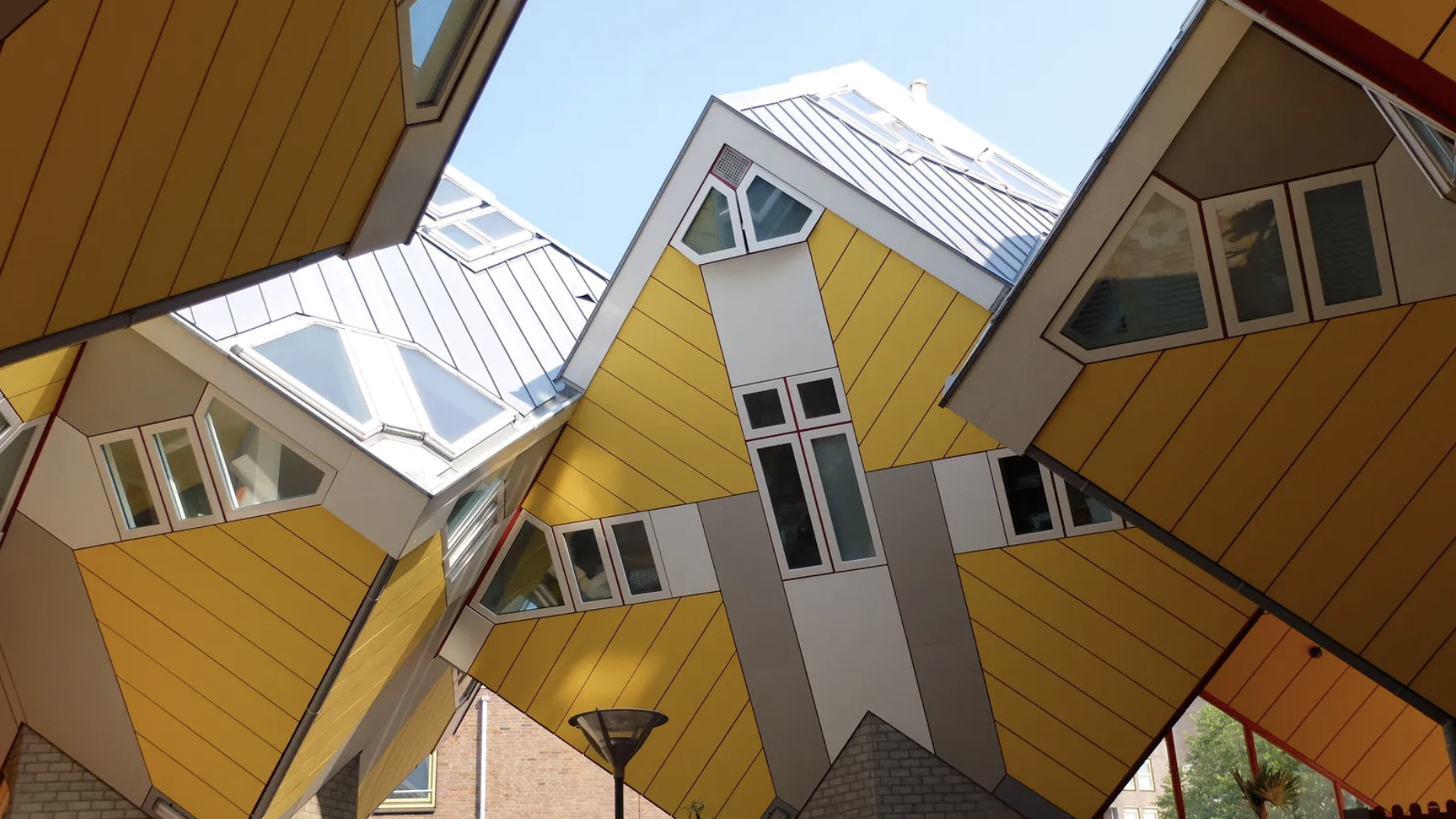 Modernist Travel Guide: a handy companion to explore modernism across the globe
Modernist Travel Guide: a handy companion to explore modernism across the globe‘Modernist Travel Guide’, a handy new pocket-sized book for travel lovers and modernist architecture fans, comes courtesy of Wallpaper* contributor Adam Štěch and his passion for modernism
-
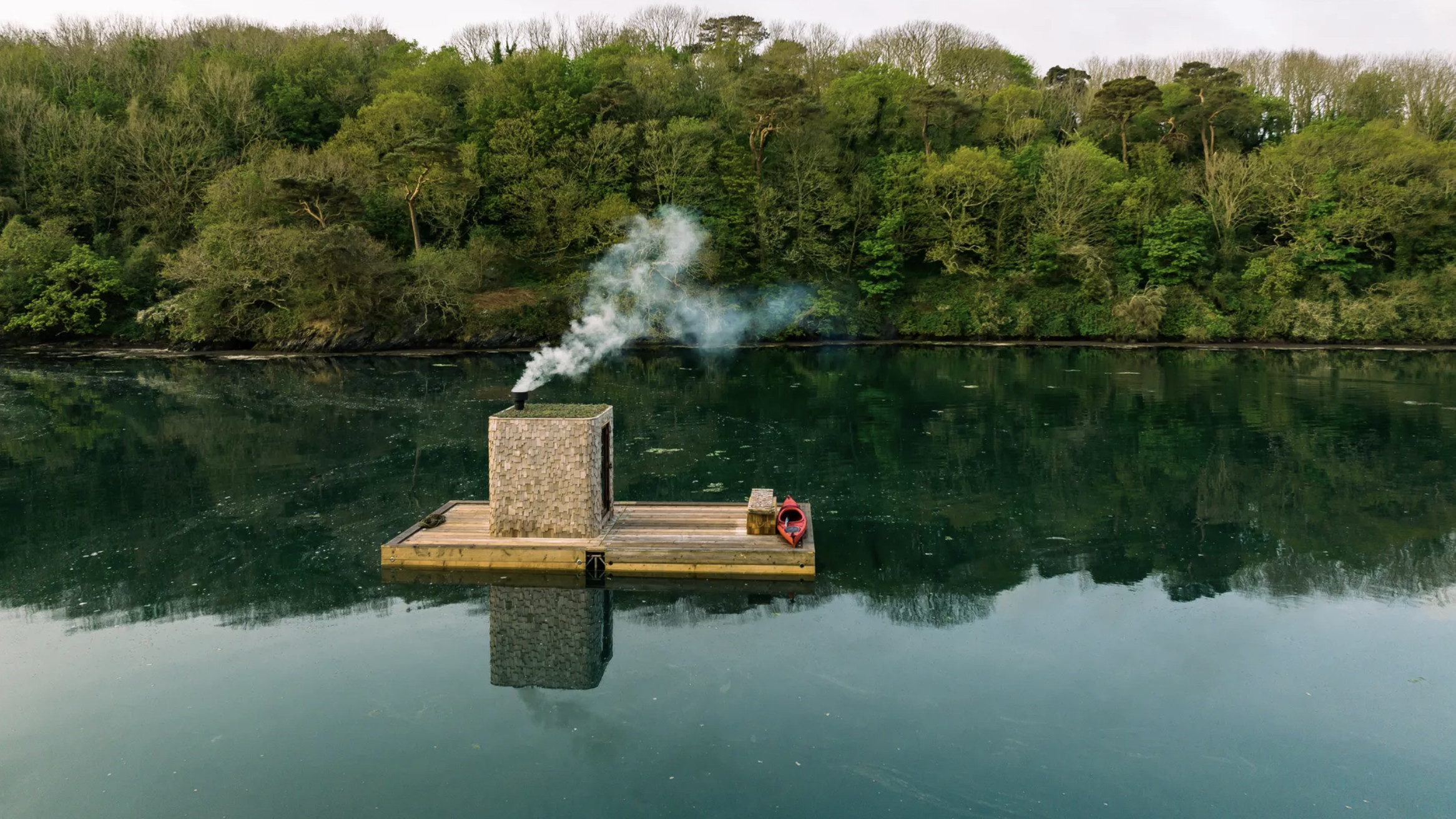 Wild sauna, anyone? The ultimate guide to exploring deep heat in the UK outdoors
Wild sauna, anyone? The ultimate guide to exploring deep heat in the UK outdoors‘Wild Sauna’, a new book exploring the finest outdoor establishments for the ultimate deep-heat experience in the UK, has hit the shelves; we find out more about the growing trend
-
 Ten contemporary homes that are pushing the boundaries of architecture
Ten contemporary homes that are pushing the boundaries of architectureA new book detailing 59 visually intriguing and technologically impressive contemporary houses shines a light on how architecture is evolving
-
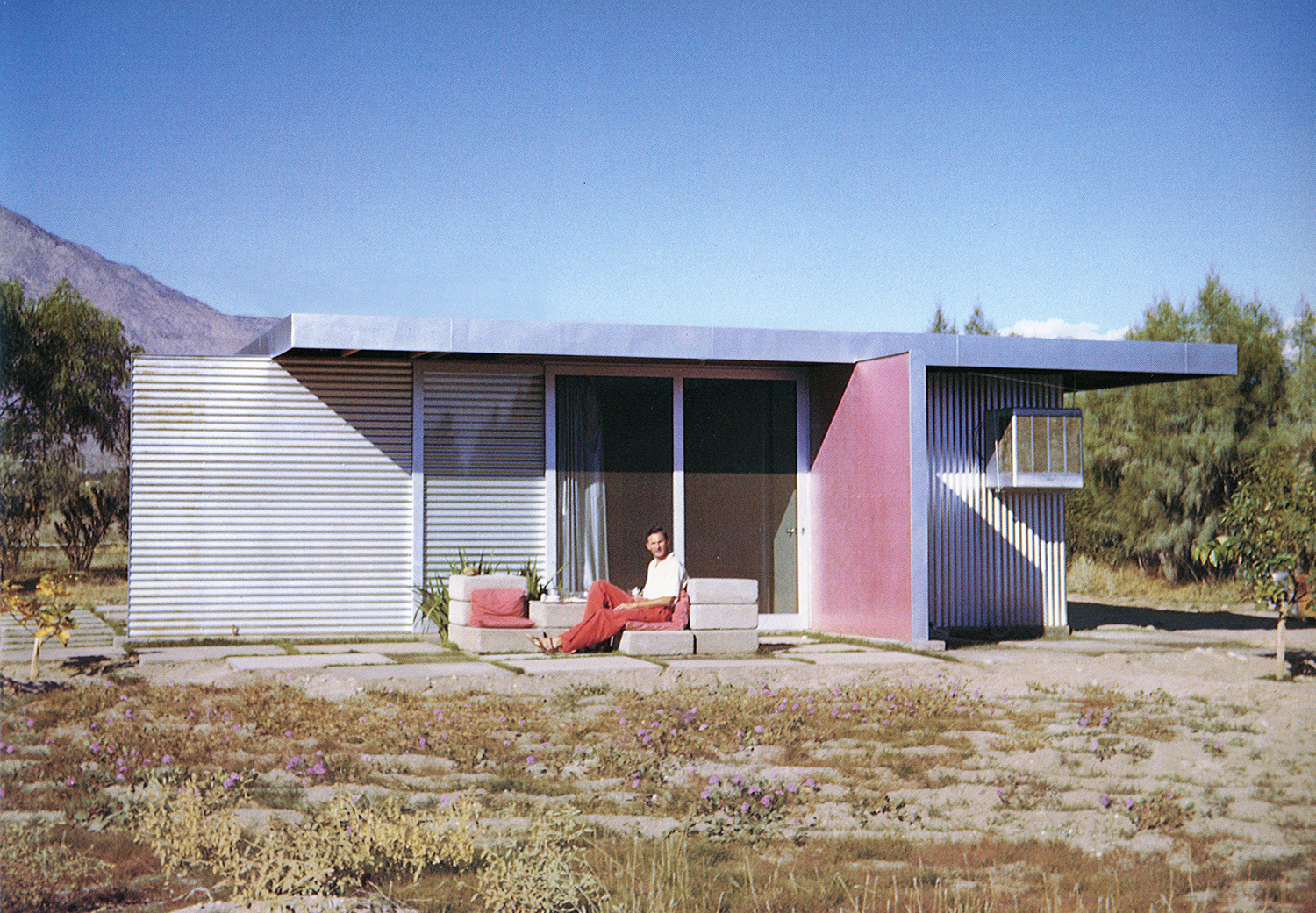 Take a deep dive into The Palm Springs School ahead of the region’s Modernism Week
Take a deep dive into The Palm Springs School ahead of the region’s Modernism WeekNew book ‘The Palm Springs School: Desert Modernism 1934-1975’ is the ultimate guide to exploring the midcentury gems of California, during Palm Springs Modernism Week 2025 and beyond
-
 Meet Minnette de Silva, the trailblazing Sri Lankan modernist architect
Meet Minnette de Silva, the trailblazing Sri Lankan modernist architectSri Lankan architect Minnette de Silva is celebrated in a new book by author Anooradha Iyer Siddiq, who looks into the modernist's work at the intersection of ecology, heritage and craftsmanship